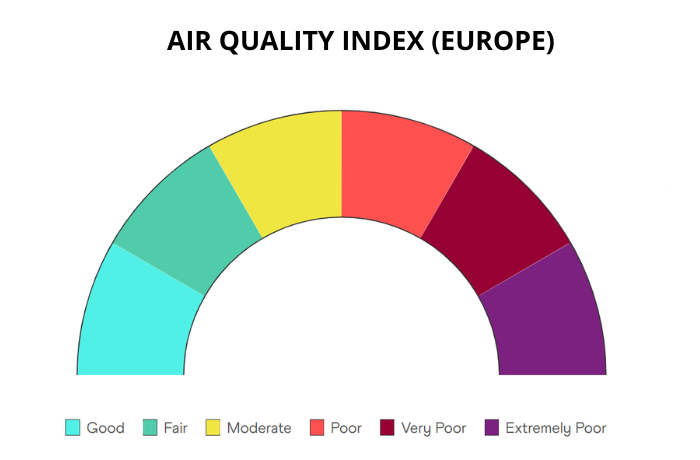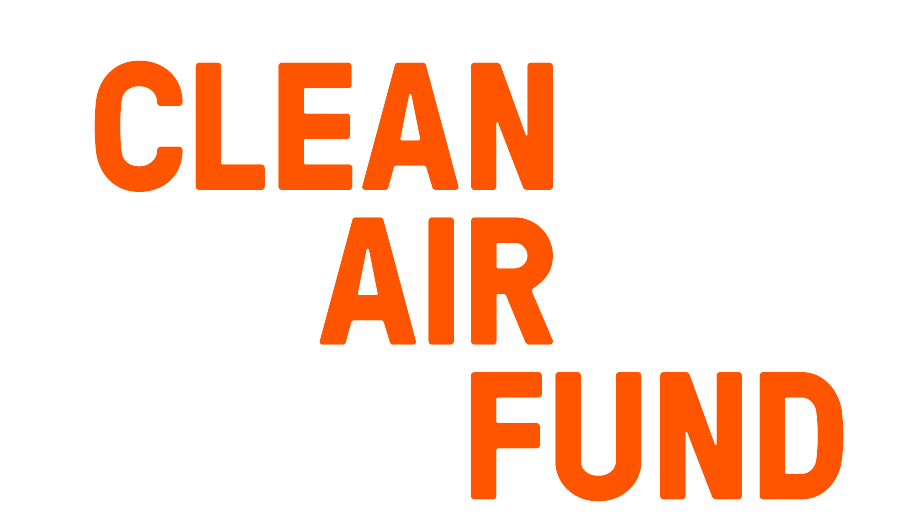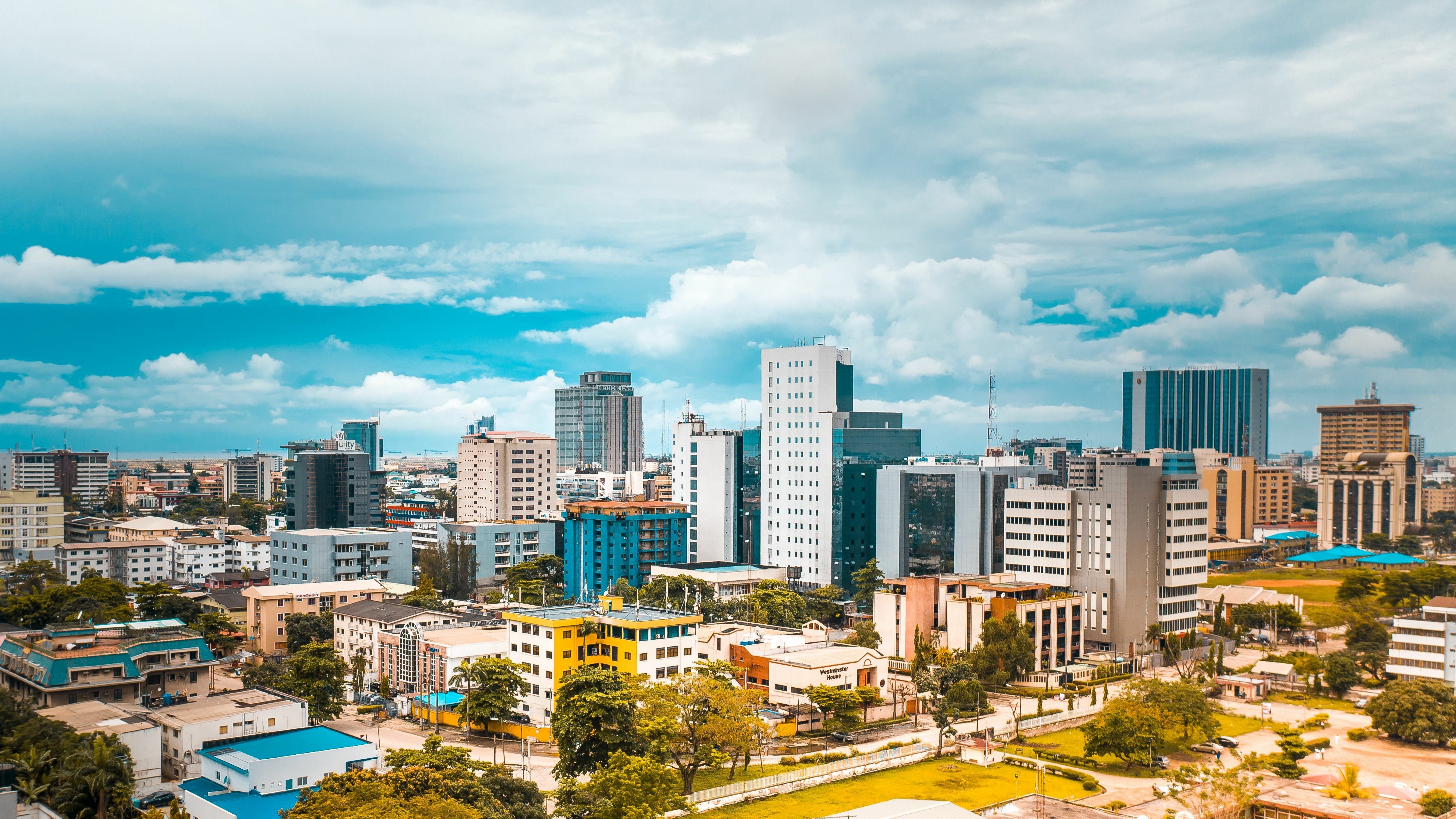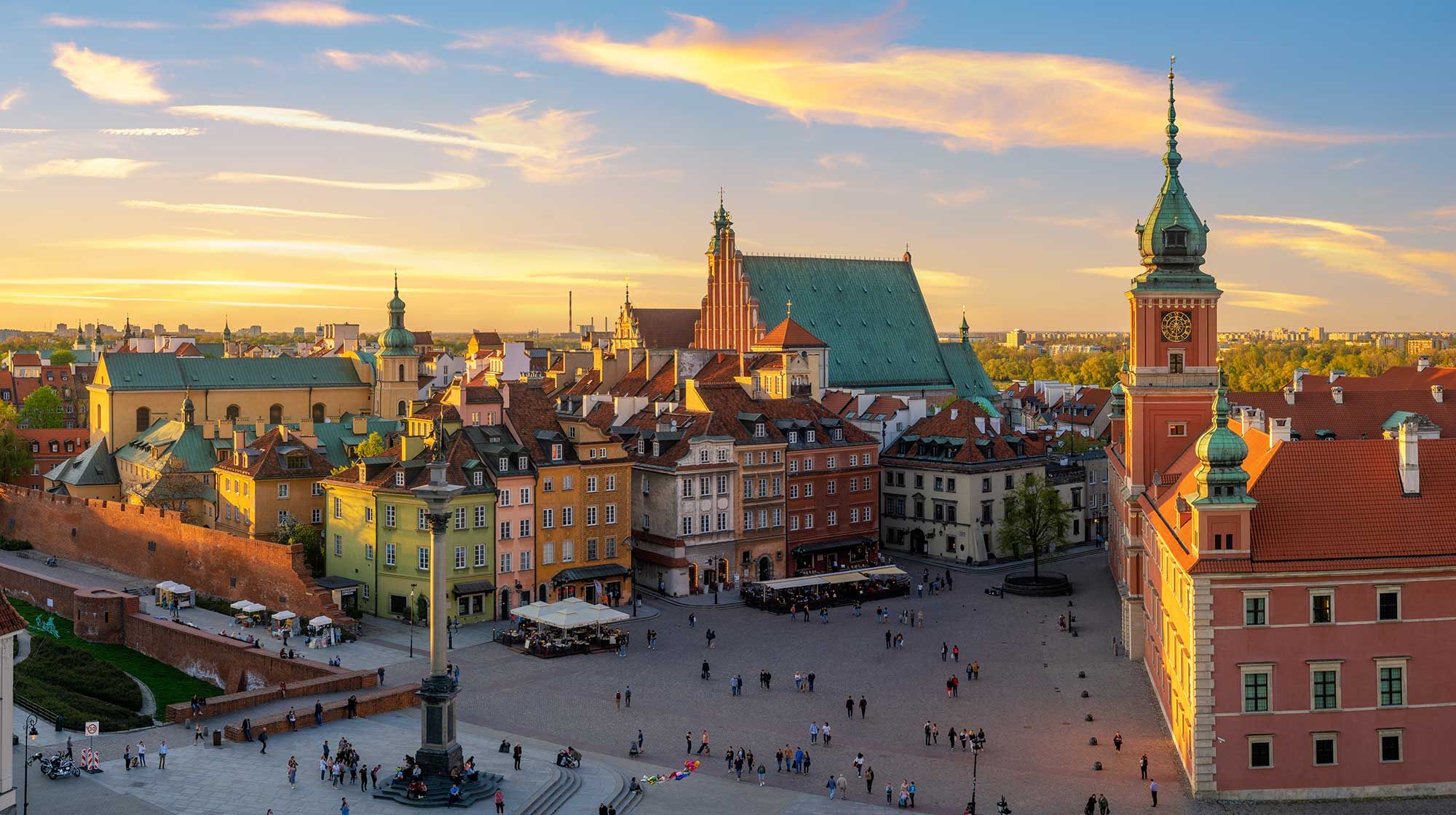
RUNNING FOR CLEAN AIR
Catalysing healthy cities through city marathons
Air pollution impacts your exercise performance and health, regardless of whether you are a professional athlete or a recreational runner. The World Athletics initiative Running for Clean Air is dedicated to combating air pollution in urban areas, using city marathons as a powerful platform. We measure air quality and share the data as part of a larger awareness campaign. With more than a million participants globally each year, marathons serve as a unique opportunity to leverage existing running communities, spark positive transformations within cities, and increase awareness of air quality issues.
This initiative is kindly funded by the Clean Air Fund.
Cities involved
The following cities are currently engaged in the Running for Clean Air initiative. Click on the pictures to learn more about their local activities.
Those participating in Running for Clean Air are making great efforts to improve air quality in their cities. If you would like to learn how to get involved, please reach out to the initiative's manager Anna Jilkova at anna.jilkova@external.worldathletics.org
Measuring local air quality
Within the framework of Running for Clean Air, World Athletics installs air quality monitoring devices in selected cities and gathers information about local air pollution for the duration of six months. While it can complement the already existing systems of air quality sensors in the city, it also brings a unique perspective. Most current sensors concentrate on traffic monitoring or compliance with regulatory standards. In contrast, the devices implemented in this project offer a hyperlocal approach. Strategically at around 2 meters in height, it precisely reflects the air quality that physically active and exercising individuals are exposed to.
How is the air quality measured?
The collection of air quality data evolves in two distinct phases:
1. STATIONARY: Over the six months leading up to the city marathon, the monitoring device records air quality in a fixed location to collect the city's background air pollution trends.
2. DYNAMIC: During the marathon, dynamic monitoring is conducted in real-time to capture the fluctuations in air quality on the race course and at the finish line.
This methodology has recently been verified by a scientific publication co-authored by the World Athletics Health and Science Department.
The monitoring devices are provided by Kunak Technologies.
Where is the stationary device installed?
The location of the stationary monitoring devices is a collaborative effort, determined in consultation with local stakeholders and informed by data obtained from running apps. The selected locations are areas already frequented by individuals for outdoor physical activity and exercise, such as parks, riversides, or promenades. We refer to these locations as Urban Clean Air Training Areas.
The data from running apps is provided for the initiative by Strava Metro.
What is measured?
The Kunak Air Pro device measures air-polluting gases and solid particles as well as climate-related data:
- NO, NO2 , CO, CO2 , O3
- PM2.5, PM10
- temperature, humidity, dew point, wind direction, wet bulb globe temperature
The hourly averages of the measured values get translated into the Air Quality Index and Heat Stress Index and can be accessed online at any given time. In addition, the World Athletics team prepares monthly reports with detailed data and their analysis, available to local project stakeholders and upon request.


AQ INSTALLATIONS
Why does air quality matter to running?
One of the World Athletics‘ long-term aspirations is to make people aware of the health benefits of regular physical activity. Nevertheless, it is equally important to create suitable conditions for exercise, where air quality plays a crucial role. While science tells us exercise is good, it also warns about the harmful effects of breathing in polluted air. Running for Clean Air is one of World Athletics‘ ways of addressing this issue. Read here to learn more about the others.
Regular runners at a higher risk
Air pollution hits frequent runners harder than those who do not exercise as often. Frequent runners spend more time outdoors and are, therefore, more often exposed to poor air quality. They breathe in more air and tend to breathe through the mouth by which they bypass the nasal filtration mechanisms. This means more pollutants enter their bodies, affecting their brains, lungs, and hearts. Consequently, running at their best in poor air quality becomes less likely.
To counter these challenges, Running for Clean Air provides marathon organizers, cities, and other local stakeholders with helpful air quality data. It's a step toward creating awareness locally and addressing this important issue.





